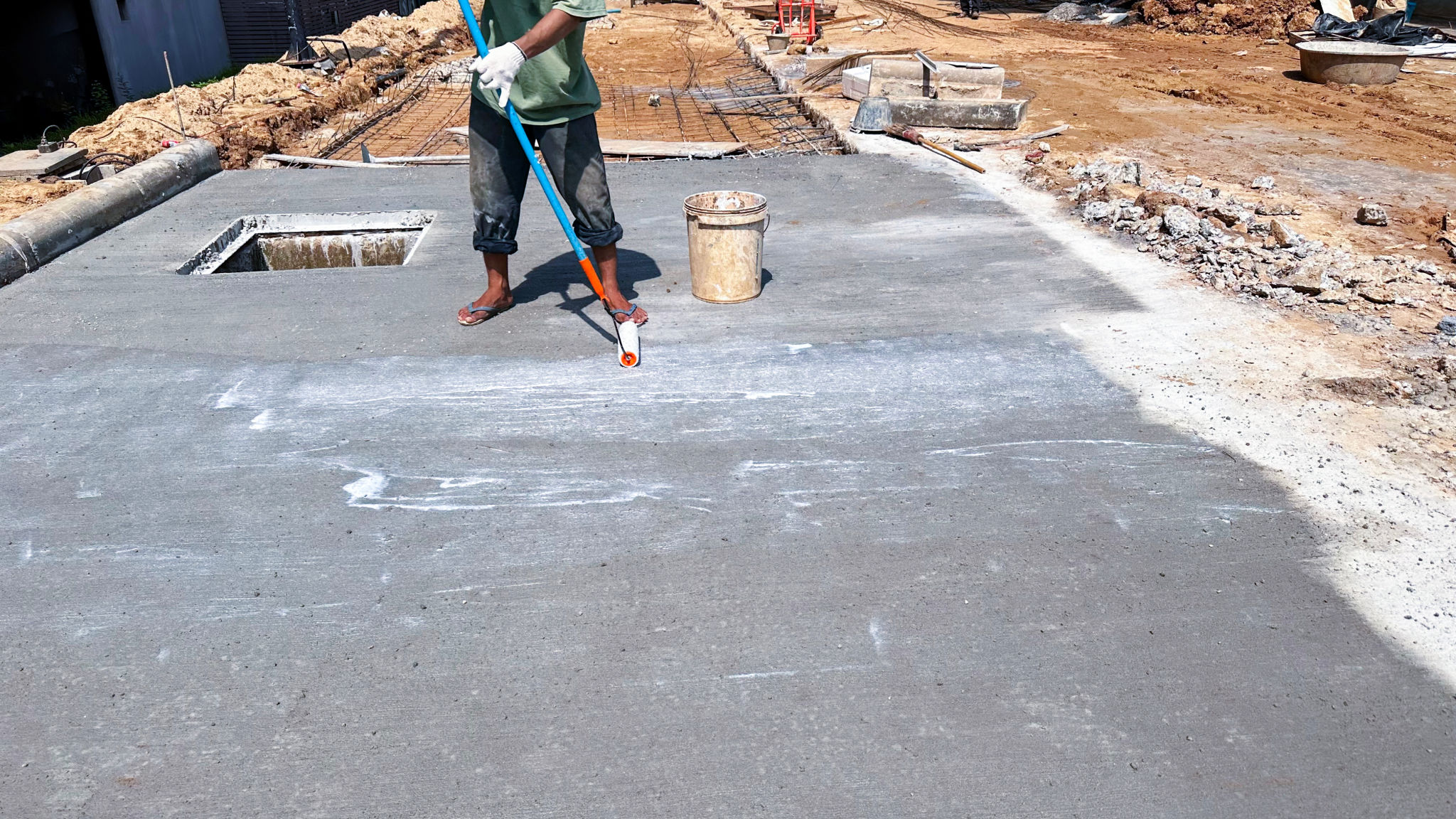Common Painting Mistakes and How to Avoid Them: Tips from the Pros
Understanding the Basics
Painting a room might seem like a straightforward task, but many people encounter common mistakes that can lead to less-than-ideal results. Whether you're a DIY enthusiast or a novice homeowner, knowing what pitfalls to watch out for is essential. With the right preparation and techniques, you can achieve a professional-looking finish.
One of the first mistakes people often make is skipping the primer. Primer serves as the foundation for your paint, helping it adhere better to the wall and providing a uniform base. Without it, your topcoat may not look as smooth and vibrant. Always ensure you apply a primer, especially when painting over darker colors or on new drywall.

Choosing the Right Tools
Using the wrong tools can significantly impact the outcome of your painting project. It's crucial to invest in quality brushes and rollers that are appropriate for your specific job. Cheap brushes can leave streaks and bristles behind, while the wrong roller nap might not hold enough paint or provide even coverage.
When selecting tools, consider the surface you're painting. For example, a thicker roller nap works best for textured surfaces, while a thinner one is ideal for smooth walls. Additionally, ensure your brushes are clean and free of dust or hardened paint before starting.
Proper Paint Application
A well-executed paint job requires more than just slapping paint on a wall. One common error is overloading the brush or roller with paint, which can cause drips and uneven coverage. Instead, dip your brush or roller lightly and apply thin, even coats. Multiple thin layers are better than one thick coat, as they dry more evenly and reduce the risk of streaks.

Managing Your Workspace
Another frequent oversight is neglecting to prepare your workspace properly. This includes covering floors and furniture with drop cloths and using painter's tape to protect trim, windows, and outlets. Proper preparation not only safeguards your belongings but also contributes to a cleaner, more precise finish.
Before you start painting, ensure the room is well-ventilated to help the paint dry faster and reduce fumes. Also, take time to patch any holes or cracks in the walls and sand them down for a smooth surface.
Finishing Touches
Once you've completed painting, it's tempting to rush through the cleanup process. However, taking care of your tools will extend their lifespan and save you money on future projects. Thoroughly clean brushes and rollers according to the paint type you're using, whether it's water-based or oil-based.

Finally, resist the urge to replace furniture and decor immediately after painting. Allow sufficient time for the paint to cure fully before reintroducing items into the room. This patience ensures that your hard work maintains its fresh appearance without accidental damage.
Conclusion
Avoiding common painting mistakes can transform your DIY project from amateur to professional quality. By understanding the importance of primer, choosing the right tools, managing your workspace efficiently, and applying paint properly, you can enjoy a flawless finish that enhances any room in your home.